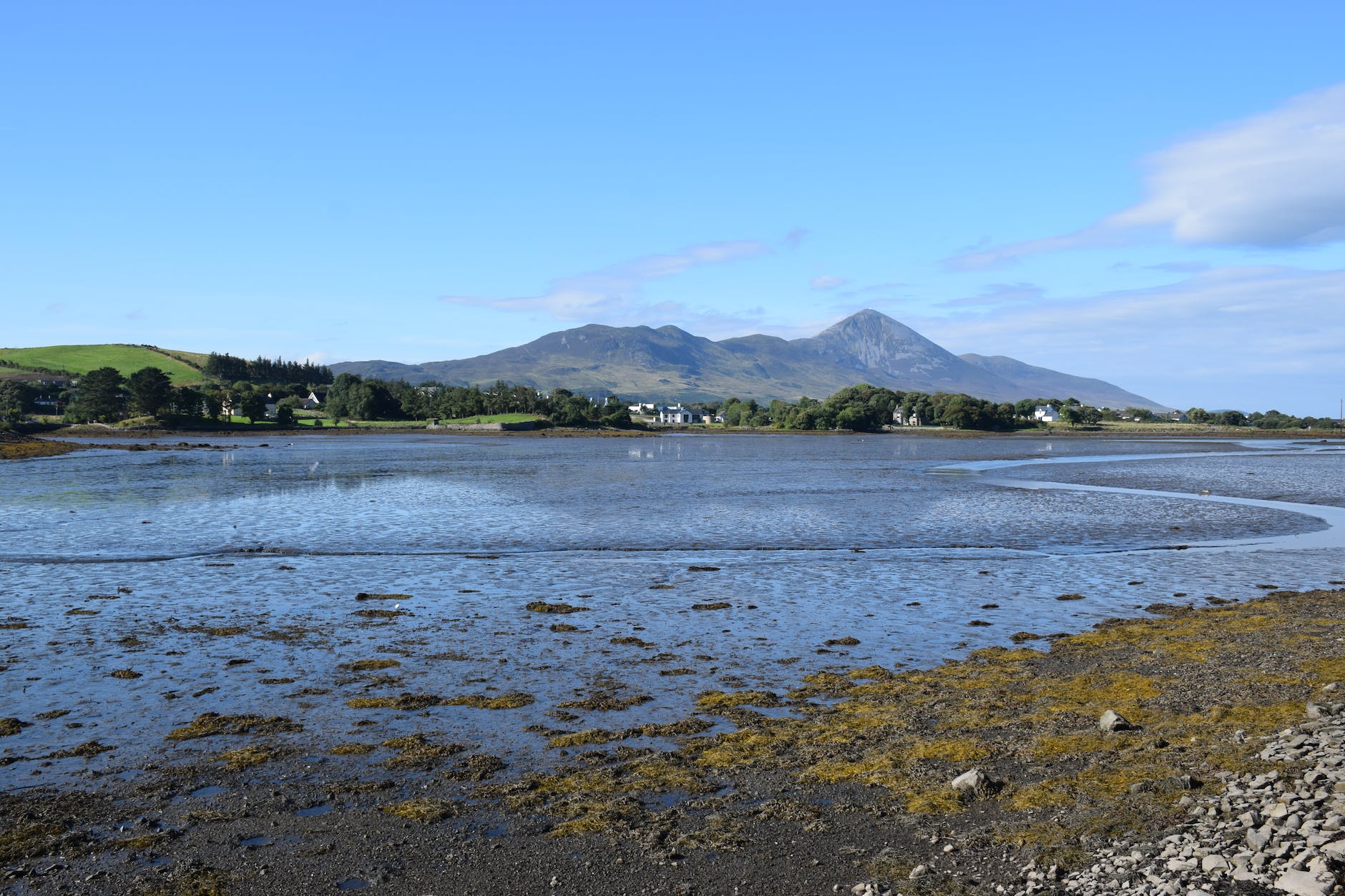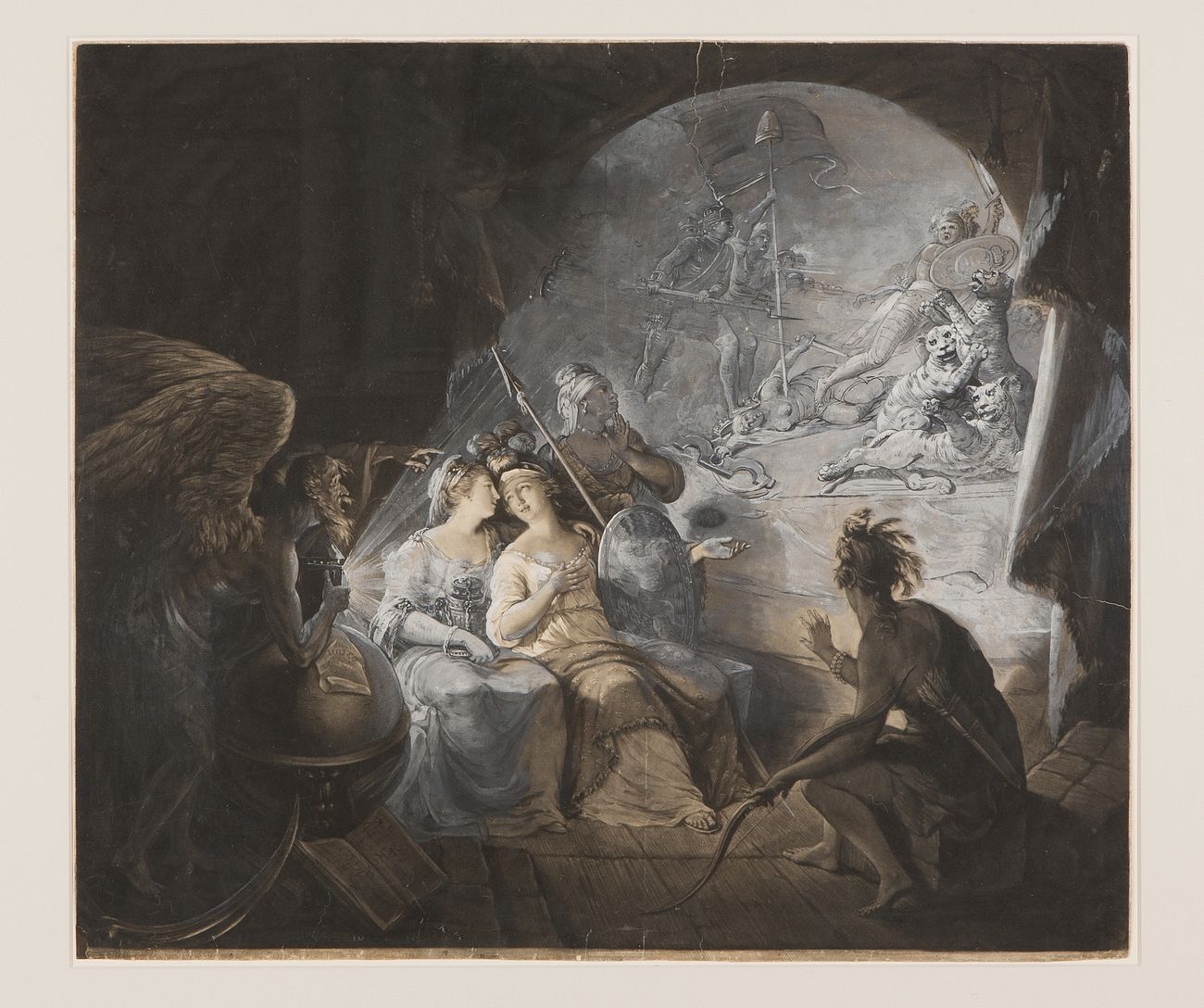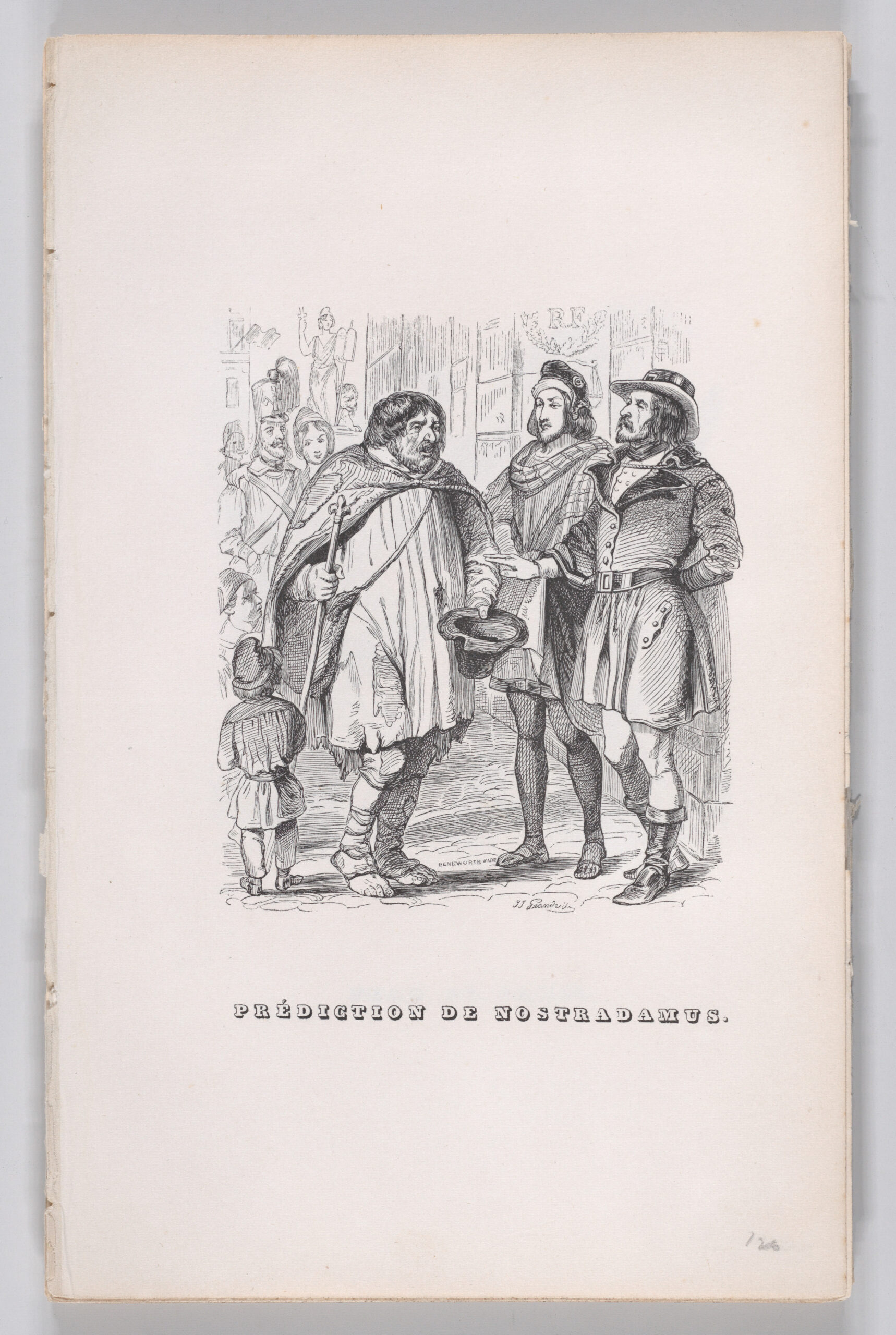[excerpted from Fatal Certainty]
In the latter half of the 17th century there was an Irishman named Brian Rua (“Red Brian”) U’Cearbhain.
He was born in around 1648 in a (still) fairly remote part of northern County Mayo, in the extreme west-northwest of the country, and grew up during the turbulent years that followed the invasion of Oliver Cromwell, and the subsequent expelling of much of the Catholic population of the rest of Ireland into his already poverty-stricken province of Connacht. “To hell or Connacht” was the catch-phrase of the invaders.
Brian Rua was a farmer, apparently a truculent sort, who did not get along with his son or many other people. He became famous for his supposed gift of prophecy, which allegedly caused the local priest to warn his parishioners not to associate with him.
Brian’s prophecies were allegedly written down in the Irish language, still widely spoken in that area, and tradition, passed down orally, says that among them were the following:
- Paupers would wear shoes, and children would speak English.
- News would travel on the top of poles faster than a hawk would fly from Dublin to (nearby) Blacksod Bay.
- There would be a house on every hill, and a bridge on every stream.
- He purchased cattle from a local man to whom, when payment was requested, he allegedly said that the money would come from the sea; a short time later, so the story goes, a ship with gold on board was wrecked along the coast.
This last story may show why Brian did not get along with his neighbors. But it was for none of these predictions that Brian is still remembered today. His name lives on in that area for what has become known as the Achill Prophecy.
…Achill is today connected to the mainland by a short causeway. That causeway was originally built in the 1890s for a railroad. This is where the Achill Prophecy of Brian Rua comes in.
Among his alleged predictions was this one: “Carriages on wheels with smoke and fire will come to Achill, and the first and last carriages will carry dead bodies.”
The railroad’s first run indeed carried dead bodies, as an indirect result of Achill’s persistent poverty.
Locals, especially young locals, had for decades had been seasonally forced to go to Scotland in the fall to pick potatoes, as Achill’s stony ground simply did not provide enough sustenance for its population. In 1894, just prior to the opening of the new railroad, which, it was hoped, might bring prosperity to the island, several dozen, mostly young, people had embarked on a small traditional boat called a “hooker,” the Victory, to take them along the northern edge of Clew Bay to nearby Westport Quay, where they would catch the steamship Elm that would take them to Scotland, to be employed as “tattie hokers” (potato pickers).
As the small, overloaded boat approached the harbor, almost all the passengers, excited to see the big ship on which they would soon embark, ran to one side of the boat. The boat capsized as a result, and 32 people drowned.
The very first train to travel across the causeway to Achill from Westport carried thirty of their corpses back to their home island. The tragedy became an international news story, of interest not only to those in County Mayo, but also Irish emigrés in Scotland and America.
Thus was the first half of the prophecy seemingly fulfilled.
Forty-three years after that, in 1937, as the run-up to World War II was dominating international headlines, Ireland, now mostly independent of the United Kingdom and a neutral country in an increasingly divided world, had once again become somewhat of a backwater. And if Ireland was a backwater globally and within Europe, Mayo was a backwater of Ireland; and Achill was a backwater of Mayo.
The railroad line that, it had been hoped, would bring prosperity to the island was in the process of being shuttered. Once again, the young people of Achill were forced to travel seasonally to Scotland and other parts of Britain to harvest potatoes and other crops.
The 1937 crop of Achill Irish included 12 young men and 14 young women, ages 13 to 23. They traveled to Kirkintilloch, then a village about eight miles northeast of Glasgow, and were housed each night, after the picking, in a crowded “bothy,” or shed, in the middle of the town. A Scottish farm worker had locked the door to the bothy from the outside on the night of September 15; no one was quite sure why afterwards. About 1AM that night, the bothy caught fire, and ten of the men died. The fire was so intense that no one could even enter the bothy for two hours.
The local Scots were distraught at the disaster, which became international news quickly. They took the bodies to the local Catholic church, and prepared to bury them. Then a telegram came from Achill: “Beir abhaile ár marbh” (“Bring home our dead”).
So, the ten coffins, along with the remaining two men (the foreman and his son) and fourteen women and girls, began the trip back to the island. This time, however, they did not travel by sea around Northern Ireland to Achill, as they had come; they went through Dublin, and were received by huge mourning crowds and high officials of the government and the Catholic Church.
Crowds stood in silence as the train bearing their bodies passed on its way from east to west, to the uttermost point of the line, Achill. After the train had delivered its cargo, the railroad line was shut for good and the tracks were removed shortly thereafter.
And so the prophecy of Brian Rua U’Cearbhain was fulfilled.
Or was it?…



